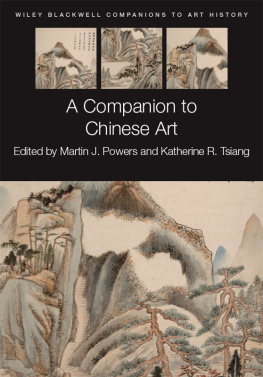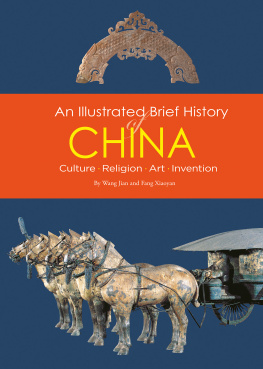This dynamic new series publishes books on the milestones in Asian history, those that have come to define particular periods or to mark turning points in the political, cultural, and social evolution of the region. The books in this series are intended as introductions for students to be used in the classroom. They are written by scholars whose credentials are well established in their particular fields and who have, in many cases, taught the subject across a number of years.
For a list of titles published in the series, please see .
University Printing House, Cambridge CB2 8BS, United Kingdom
Cambridge University Press is part of the University of Cambridge.
It furthers the Universitys mission by disseminating knowledge in the pursuit of education, learning, and research at the highest international levels of excellence.
www.cambridge.org
Information on this title: www.cambridge.org/9780521895521
Cambridge University Press 2013
This publication is in copyright. Subject to statutory exception and to the provisions of relevant collective licensing agreements, no reproduction of any part may take place without the written permission of Cambridge University Press.
First published 2013
Reprinted with corrections 2014
Printed in the United Kingdom by TJ International Ltd. Padstow Cornwall
A catalogue record for this publication is available from the British Library
Library of Congress Cataloguing in Publication data
Li, Feng, 1962
Early China: a social and cultural history / Li Feng, Columbia University.
pages cm
ISBN 978-0-521-89552-1 ISBN 978-0-521-71981-0 (pbk.)
1. China History To 221 B.C. 2. China History Shang dynasty, 17661122
B.C. 3. China History Zhou dynasty, 1122221 B.C. 4. China History Qin
dynasty, 221207 B.C. 5. China History Han dynasty, 202 B.C.220
A.D. I. Title.
DS741.5.L45 2013
931dc23
2013008431
ISBN 978-0-521-89552-1 Hardback
ISBN 978-0-521-71981-0 Paperback
Cambridge University Press has no responsibility for the persistence or accuracy of URLs for external or third-party internet websites referred to in this publication, and does not guarantee that any content on such websites is, or will remain, accurate or appropriate.
Preface
When Cambridge University Presss commissioning editor, Marigold Acland, appeared in my office in spring 2006, it was clear to me that our common goal was to produce a book that could offer a first lesson about Early China to the advanced undergraduate and graduate students and any non-specialist readers. It immediately came to mind that the monumental volume The Cambridge History of Ancient China: From the Origins of Civilization to 221 BC (edited by Michael Loewe and Edward L. Shaughnessy; Cambridge, 1999) can serve as a rich introduction to Early China. However, it was also understood that the volumes intimidating size and the essentially sinological nature of its presentation leave an immediate need for a future book that could better meet the needs of students beginning to study this critical period of Chinese civilization.
The present book certainly is not a summary of The Cambridge History of Ancient China , nor does it intend to show any resemblance to the latter work. Instead, it offers a reinterpretation of the process of formation of Chinese civilization from the beginning of farming life in China to AD 220, the end of the Han Dynasty, informed by many important new archaeological discoveries and the advances they have brought to the field over the past ten years. It would be adventurous if not considerably risky for anyone to try to write a general account of such a long period (in contrast to the short period in which one usually conducts his or her own research), thus exposing oneself to potential criticisms by scholars who have had much longer experience in certain periods or subject areas covered by the book. While this would seem inevitable, for no individual writer can be specialized in all periods, this is still a risk worth taking because a single-author book has the advantage of achieving a higher level of comprehension of the grand trends of development in a civilization. Such trends are observable only over a long span of time based on ones deep understanding of the logic of history, a level that is often difficult to reach by a collaborative work by multiple authors who are informed by different theoretical frameworks and who often insist on opposing views. Therefore, the present book promises to be a consistent account (at least within the book) of early Chinese civilization, although it cannot and should not be the only account of it.







